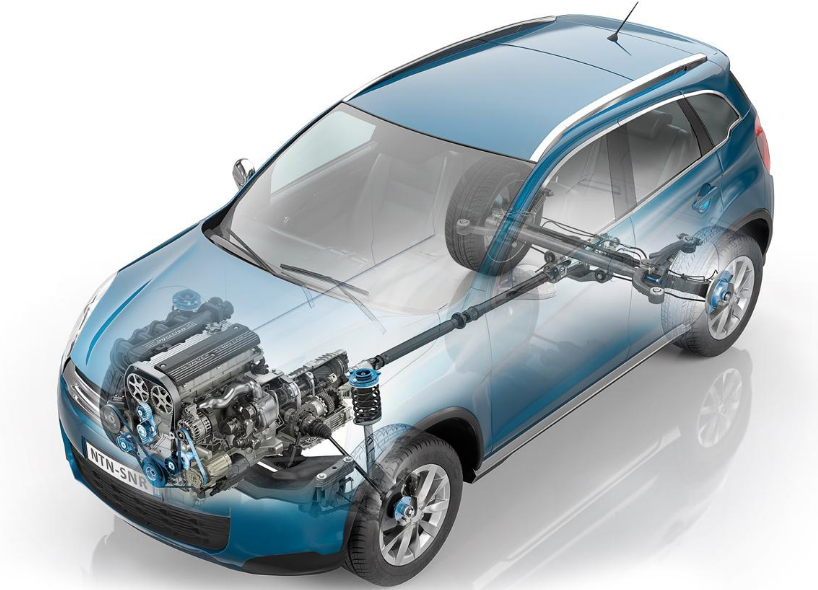Welcome to Sino Bearings web
24x7 HOTLINE:+86-28-81454188

 TECHNOLOGY
TECHNOLOGY
This obviously depends on the model! We’ve nevertheless undertaken to give a rough count of the minimum number of bearings in a car. We counted 36.
Here’s how we came up with that number:
10 bearings on the steering column: 8 needle bearings (4 per universal joint) and 2 needle bearings on the column
6 gearbox bearings: 2 on the primary shaft, 2 on the secondary shaft and 2 on the differential
6 engine accessory bearings: 2 on the starter, 2 on the alternator, and 2 on the power steering motor
4 wheel bearings
3 engine distribution bearings: 1 bearing for each of the 2 idler rollers, 1 for the water pump
2 bump stops-suspension bearings (MacPherson)
2 seat adjustment bearings (roller freewheels for height adjustment)
1 bearing-clutch bearing
1 engine flywheel pilot bearing
1 transmission shaft bearing (intermediate bearing)
This number increases rapidly with certain widespread technologies: 2 bearings are added for the air-conditioning compressor, for example. Regarding shafts, there are 6 units on an entire transmission system (2 main bearings on the longitudinal shaft, 4 bearing in the rear differential). For the engine, 2 bearings are regularly seen at the end of the cam shaft (distribution end).
The sophistication of certain functions tends to drive up the number of bearings. Recent automatic dual-clutch transmissions (DCT) require an additional 3 bearings: 2 on the gearbox’s second primary shaft, and 1 for the double clutch. Certain high-end engines feature one bearing per valve, i.e. 4 per cylinder and thus 48 on a 12-cylinder engine!
The list is not exhaustive: bearings are also sometimes found in surprising locations, such as in Citroën’s fixed-centre steering wheel.